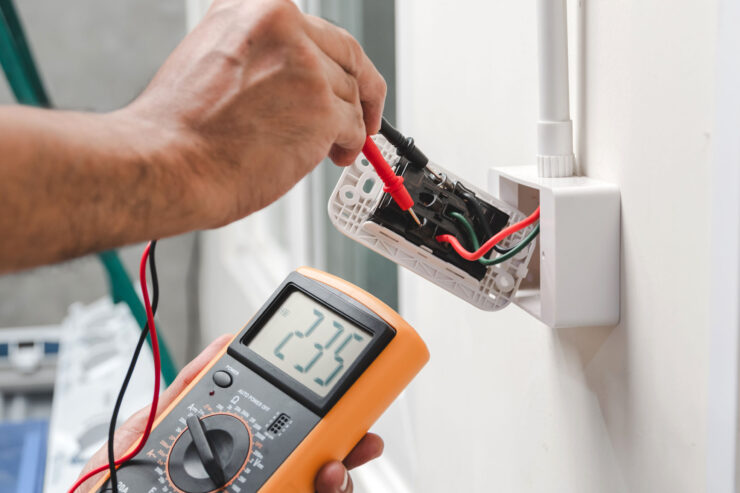Properly maintaining electrical safety is essential to the daily operations of businesses all around the world. PAT Testing is an integral part of that process, and technology continues to revolutionize the practice. This article reviews some existing and upcoming innovations in PAT Testing, examining implications for health and safety and the working environment, as well as the industry at large.
What is PAT Testing?
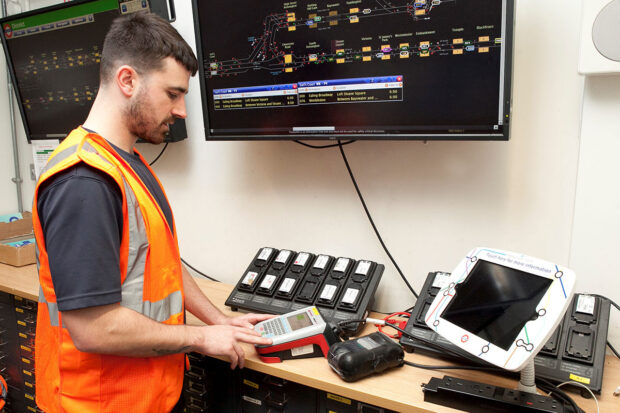
Portable Appliance Testing is a process that ensures electrical appliances are safe to use. This form of testing involves inspecting and verifying the safety of electrical items in order to protect equipment users from any potential harm caused by defective electric equipment. PAT testing also helps to confirm that an item meets all relevant safety standards.
The most common types of appliances that require PAT testing include items with a plug top such as televisions, computers, electric heaters, furniture, microwaves, and any other electrical appliance which requires a plug for connection to the mains supply.
Employers have a legal obligation to ensure that their employees are working with the appropriate safety equipment. PAT testing can help identify any parts of the electrical system which need replacing or upgrading to make it compliant with regulations, like the Electricity at Work Regulations 1989 and the Electricity Safety Quality & Continuity Regulations 2002. In hospitality businesses, providing first-class customer service is not just about ensuring staff and customers are safe while using electrical items – it’s also an important part of PAT testing in helping you stay compliant with industry standards.
Current Innovations

In recent years, there has been a shift in the way PAT testing is done. As industry standards and regulations evolve, the industry has to keep up with the changes and innovate in order to ensure electrical safety within businesses. Some of the latest innovations include:
1. The use of Artificial Intelligence (AI) for automatic risk assessment.
AI-based technology can be used to detect potential risks associated with PAT testing and quickly identify if equipment requires maintenance or replacement. This helps reduce time spent on manual risk assessments and minimizes compliance risks for businesses.
2. The introduction of ergonomic designs for portable appliance testers (PATs).
Many newer models of PATs come with lightweight frames that make them easy to transport and are Bluetooth enabled, so results can be uploaded quickly from anywhere with an internet connection.
3. Automated Test Results
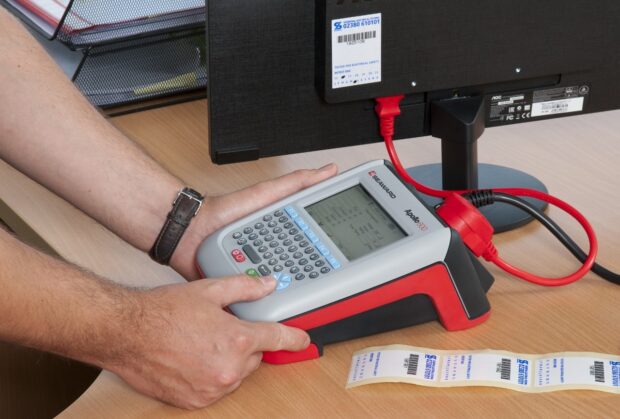
Automated test results allow for quick feedback during tests which helps to eliminate the need for manual calculations and data entry. This can help to reduce errors and make PAT tests quicker and more accurate.
4. Wireless Testing
Wireless devices have become increasingly popular due to their convenience and ease of use. There are now devices on the market that allow for wireless PAT with no cables required, making them even easier to use in remote locations.
5. Portable Data Loggers
Portable data loggers can be attached to appliances so that they can record all relevant information about the appliance during a test, such as a temperature and voltage readings. This allows for a more thorough understanding of how each appliance behaves during a test, helping technicians better identify any potential problems or malfunctions quickly.
6. Smart Tags & Labels
Smart tags or labels can be placed on electrical products which contain all relevant information about the product’s performance during testing in an easy-to-read format – perfect for technicians who may not be familiar with all aspects of PAT testing but still want accurate results quickly and easily.
Benefits of PAT Testing
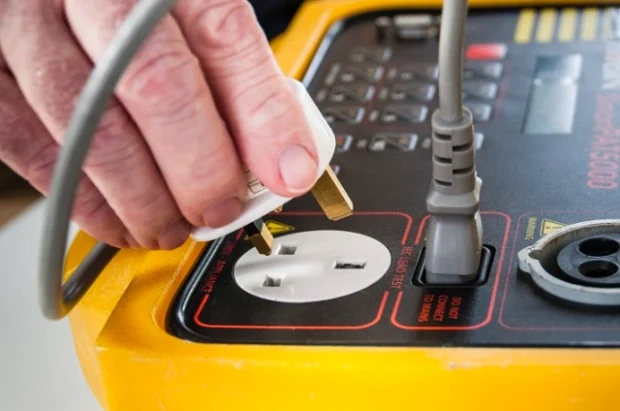
Since its introduction into environments including schools, offices, and warehouses over 30 years ago now, PAT testing has become increasingly important for not just safety regulations but also businesses aiming to prevent costly damage from electrical faults. The benefits of having PAT tests carried out regularly are briefly detailed below:
- Increased Safety: Regular PAT testing reduces the risk of accidents due to faulty equipment or damaged wiring on site. This means that employers can provide a safe working environment for their employees with fewer worries about electrical malfunctions.
- Cost Savings: Investing in PAT Testing can save companies from unnecessary costs if an accident occurs due to faulty equipment or wiring. Regularly tested appliances are less likely to cause unplanned repairs or replacements due to dysfunctional parts.
- Flexibility: PAT companies offer great flexibility when it comes to scheduling tests so companies can pick dates conveniently without significant disruption to business operations.
- Improved Efficiency: The assurance that all your electrical appliances are up-to-date with the latest safety standards means improved efficiency within your workplace as productivity won’t be hindered by any potential malfunctions or breakdowns due to wrong wiring etc.
Challenges with PAT Testing
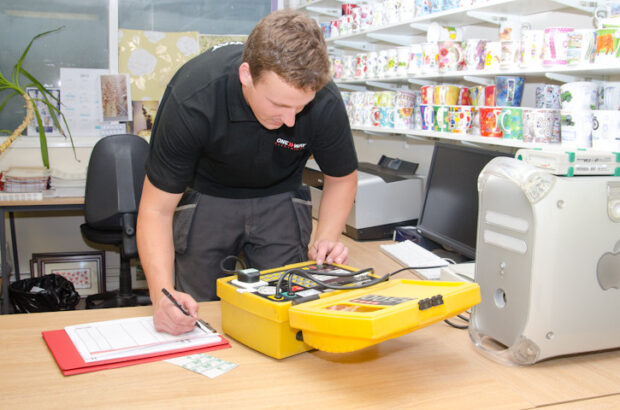
The primary challenge with portable appliance testing (PAT) is related to the amount of time and manual labor required to perform comprehensive safety tests. In the current landscape, PAT testers must use a variety of devices capable of testing different appliances, making it difficult to test without a high degree of precision and accuracy. This can be taxing on both test operators’ and technicians’ resources. Additionally, the equipment used for PAT testing is bulky and can be difficult to transport from site to site.
Another challenge lies in record-keeping. Keeping detailed records on every appliance tested—including test readings, dates, results, and remedial action is taken—is highly laborious for operators and imposes a great burden on businesses when trying to respond swiftly during audits or other checks. Furthermore, long periods of time between tests can limit compliance efforts and jeopardize safety standards. Finally, ongoing training requirements outside of physical testing present further challenges in ensuring technicians remain knowledgeable in safe work practices when performing tests.
Conclusion
In conclusion, regular PAT testing of electrical appliances is essential to maintaining a safe and reliable workplace. As various detection technologies and innovative testing methods continue to emerge, it is important to remain aware of the new developments available so that organizations can make the most informed decisions when it comes to electrical safety. The right inspections and tests can save lives — careful consideration should always inform any decision related to these matters.
With the correct awareness, vigilance, and training, along with the aid of effective technology, workers can be kept safe from potential harm in all workspaces. With regular PAT tests carried out meticulously by qualified personnel using specialized tools and data management systems, organizations can ensure that their premises remain as compliant and secure as possible for all users.

